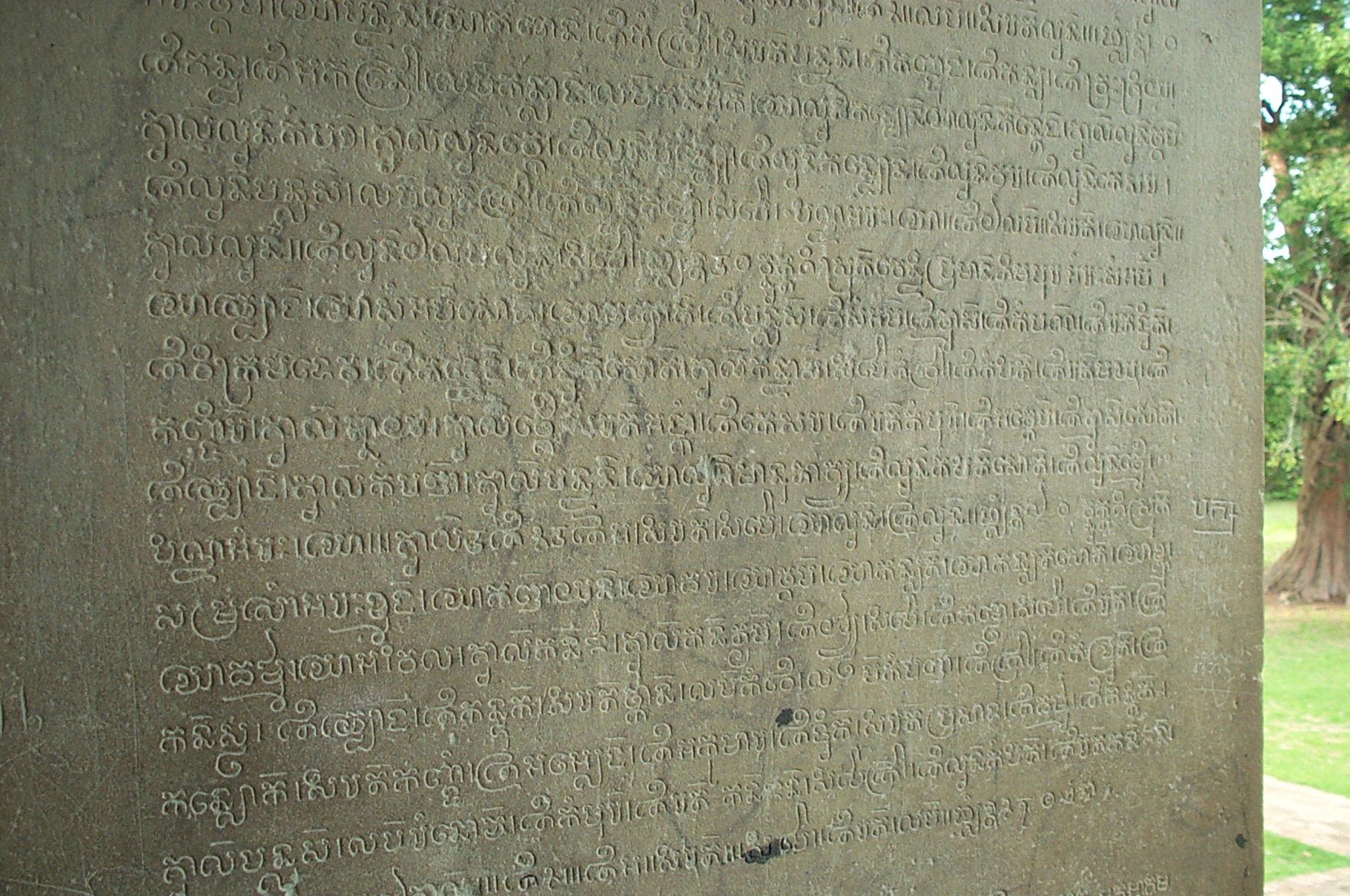|
Mrenh Kongveal
Mrenh kongveal (, ) are beings in Cambodian folk mythology resembling elves of western folklore; they are particularly associated with guarding animals. By anecdotal accounts the roots of Mrenh kongveal appear to be uniquely Khmer. The mrenh kongveal are small in stature with bodies comparable in size to human children, and are fond of mischief. Offerings are often left to them when seeking their help. The etymology of the name given these spirits is not entirely evident in the component meanings. The Khmer word ''mrenh'' by itself is fishermen's slang for "one who catches fish" or, as a derivation from Sanskrit, "cancer". ''Kongveal'' means "herdsman", "guardian" or "keeper". Originally they were perceived to be nomadic beings in the jungle, where they were the guardian herdsmen of wild animals, especially social animals that travel in herds, such as elephants. Hunters, farmers and mahouts (elephant trappers), would make baskets to leave offerings for mrenh kongveal, to bring ... [...More Info...] [...Related Items...] OR: [Wikipedia] [Google] [Baidu] |
Cambodia
Cambodia, officially the Kingdom of Cambodia, is a country in Southeast Asia on the Mainland Southeast Asia, Indochinese Peninsula. It is bordered by Thailand to the northwest, Laos to the north, and Vietnam to the east, and has a coastline along the Gulf of Thailand in the southwest. It spans an area of , dominated by a low-lying plain and the confluence of the Mekong river and Tonlé Sap, Southeast Asia's largest lake. It is dominated by a tropical climate and is rich in biodiversity. Cambodia has a population of about 17 million people, the majority of which are ethnically Khmer people, Khmer. Its capital and most populous city is Phnom Penh, followed by Siem Reap and Battambang. In 802 AD, Jayavarman II declared himself king, uniting the warring Khmer princes of Chenla Kingdom, Chenla under the name "Kambuja".Chandler, David P. (1992) ''History of Cambodia''. Boulder, CO: Westview Press, . This marked the beginning of the Khmer Empire. The Indianised kingdom facilitated ... [...More Info...] [...Related Items...] OR: [Wikipedia] [Google] [Baidu] |
Khmer People
The Khmer people (, Romanization of Khmer#UNGEGN, UNGEGN: , Romanization of Khmer#ALA-LC Romanization Tables, ALA-LC: ) are an Austroasiatic ethnic group native to Cambodia. They comprise over 95% of Cambodia's population of 17 million.https://web.archive.org/web/20191113151101/http://www.nis.gov.kh/nis/Census2019/Provisional%20Population%20Census%202019_English_FINAL.pdf They speak the Khmer language, which is part of the larger Austroasiatic languages, Austroasiatic language family alongside Mon language, Mon and Vietnamese language, Vietnamese. The majority of Khmer people follow Theravada, Theravada Buddhism. Significant populations of Khmers reside in adjacent areas of Thailand (Northern Khmer people, Northern Khmer) and the Mekong Delta region of neighboring Vietnam (Khmer Krom), while there are over one million Khmers in the Khmer diaspora living mainly in France, the United States, and Australia. Distribution The majority of the world's Khmers live in Cambodia, th ... [...More Info...] [...Related Items...] OR: [Wikipedia] [Google] [Baidu] |
Khmer Alphabet
Khmer script (, )Huffman, Franklin. 1970. ''Cambodian System of Writing and Beginning Reader''. Yale University Press. . is an abugida (alphasyllabary) script used to write the Khmer language, the official language of Cambodia. It is also used to write Pali in the Buddhist liturgy of Cambodia and Thailand. Khmer is written from left to right. Words within the same sentence or phrase are generally run together with no spaces between them. Consonant clusters within a word are "stacked", with the second (and occasionally third) consonant being written in reduced form under the main consonant. Originally there were 35 consonant characters, but modern Khmer uses only 33. Each character represents a consonant sound together with an inherent vowel, either ''â'' or ''ô''; in many cases, in the absence of another vowel mark, the inherent vowel is to be pronounced after the consonant. There are some independent vowel characters, but vowel sounds are more commonly represented as depe ... [...More Info...] [...Related Items...] OR: [Wikipedia] [Google] [Baidu] |

